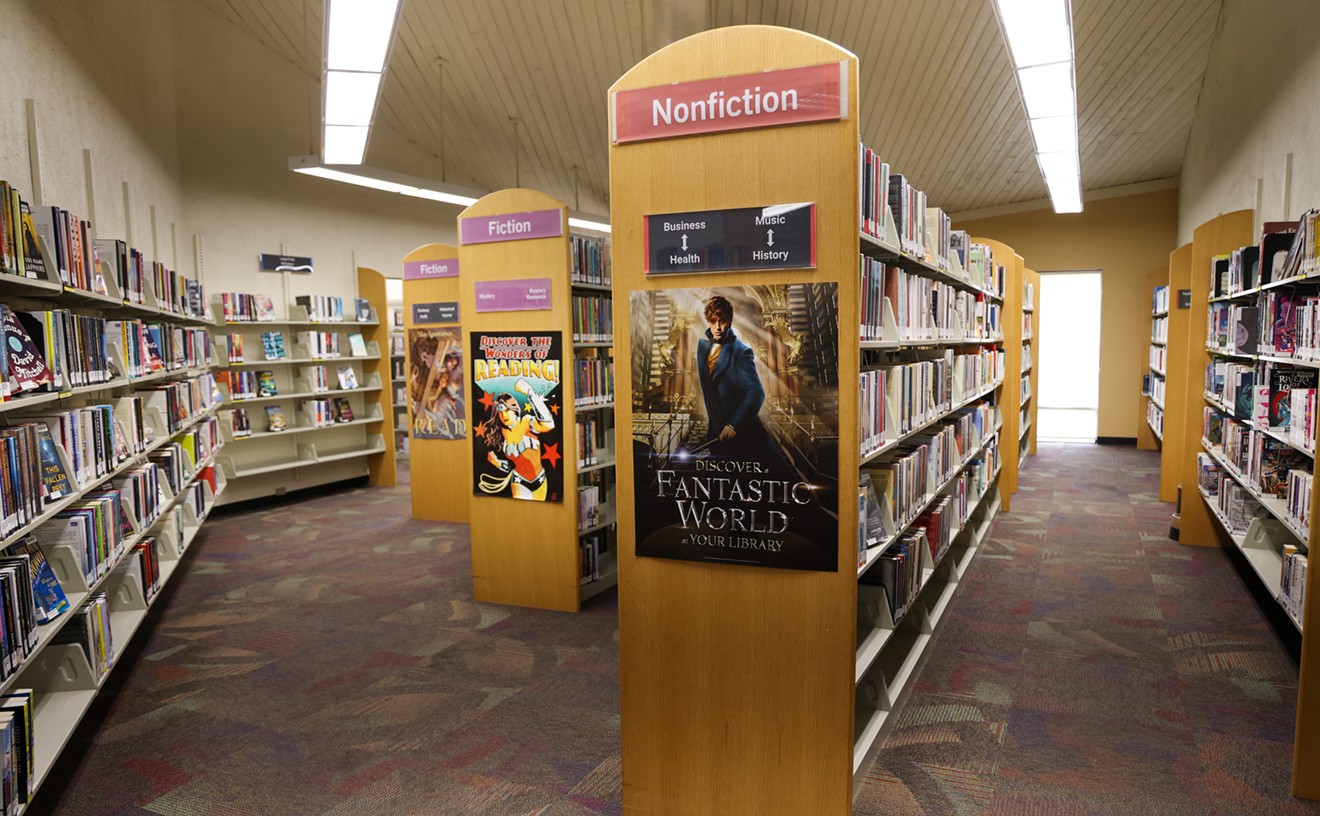Here's the thing about American film ratings systems: They've never been particularly consistent or logical.
Consider Kate Winslet's breasts, which will be revisiting a theatre near you beginning this week in James Cameron's 3D reinvention of Titanic. Access to a teenage audience (of the sort who could best appreciate Leonardo DiCaprio's distinctly unthreatening masculinity - yep, this is pretty much how we have Justin Bieber) was crucial to Titanic's unprecedented box office success.
But that PG-13 rating doesn't quite jive with Winslet's nude scene (this isn't Europe, people). Framing this nudity in the context of art ("I want you to draw me like one of your French girls") allowed the film to just squeak by - and allowed parents across the country to drop off their middle-schoolers at the theater.
It's this system - built on a shaky history of capitulation, defiance, and flexing to accommodate cultural norms and profits potential - that bestowed a PG-13 rating on The Hunger Games, with its graphic depiction of violence against minors in a fictional world, while Bully, a documentary about violence against minors in our world, warranted a dismissive R.
This code, which prohibited things like "ridicule of the clergy" and "sex hygiene and venereal diseases," was around until 1968, when the MPAA adopted the ratings system (centered around protecting those under 17) we know today.
If producer Harvey Weinstein has his way, 2012 may be the new 1968: The next shift forward in how we rate and censor Hollywood. Weinstein has been skillfully stoking the flames of this controversy -- and that hasn't exactly hurt the film -- but in this case, he's absolutely right.
The R-rating is based on a handful of swear words used by students in the film who, by the MPAA's standards, wouldn't be allowed to watch recordings of themselves, with a side of popcorn, without the company of an adult.
Alex Libby, the student bullied during this scene, spoke at the rating's appeal hearing, when it failed to be overturned by a single vote. His message was simple: Once my reality has been filtered through a camera lens, I'm not allowed to see it?
This is the strange truth behind the MPAA system: Isn't real life filled with violence, language, and sexual content? Why does turning this reality into art or entertainment suddenly render it unsafe for underage eyes?
In this context, the spirit of the Hays Code actually makes some sense. It may have included a long list of "don'ts," but the key goal behind its regulations - keenly aware, like the U.S.S.R. and Nazi Germany, that film was one powerful medium - was to get Hollywood to stop glorifying immorality: to stop inviting audiences to identify with adulterers, stop turning criminals into heroes, and stop painting all authority figures and institutions as corrupt.
By this standard, Bully passes with flying colors. It is a deeply probing and heartbreaking film that challenges audiences to stand up and do something about a dangerous culture of bullying and ostracizing any sign of difference in our nation's schools.
At this past week's sold-out Phoenix Film Festival screening, Bully was met with tissues reached for in only the first few minutes and awed applause as the credits rolled. It is many things - sometimes whimsical, often touching, profoundly poetic, and, yes, detrimentally focused on rural areas (bullying is an urban issue, too) - but what it is not is an R-rated film.
There are rumors circulating that the film is currently being re-cut to debut at PG-13 when it moves into more markets (including Oklahoma, where two of the film's stories are set) next week. Otherwise, it will stay with its current cut, released in defiance of the MPAA as a non-rated film, and rely on theatres like AMC (which is reportedly admitting movie-goers under 17 with a permission slip) to have its back.
Bully opens in the valley at Harkins Camelview on Friday, April 13. For more information, click here.
Follow Jackalope Ranch on Facebook and Twitter and Pinterest.










